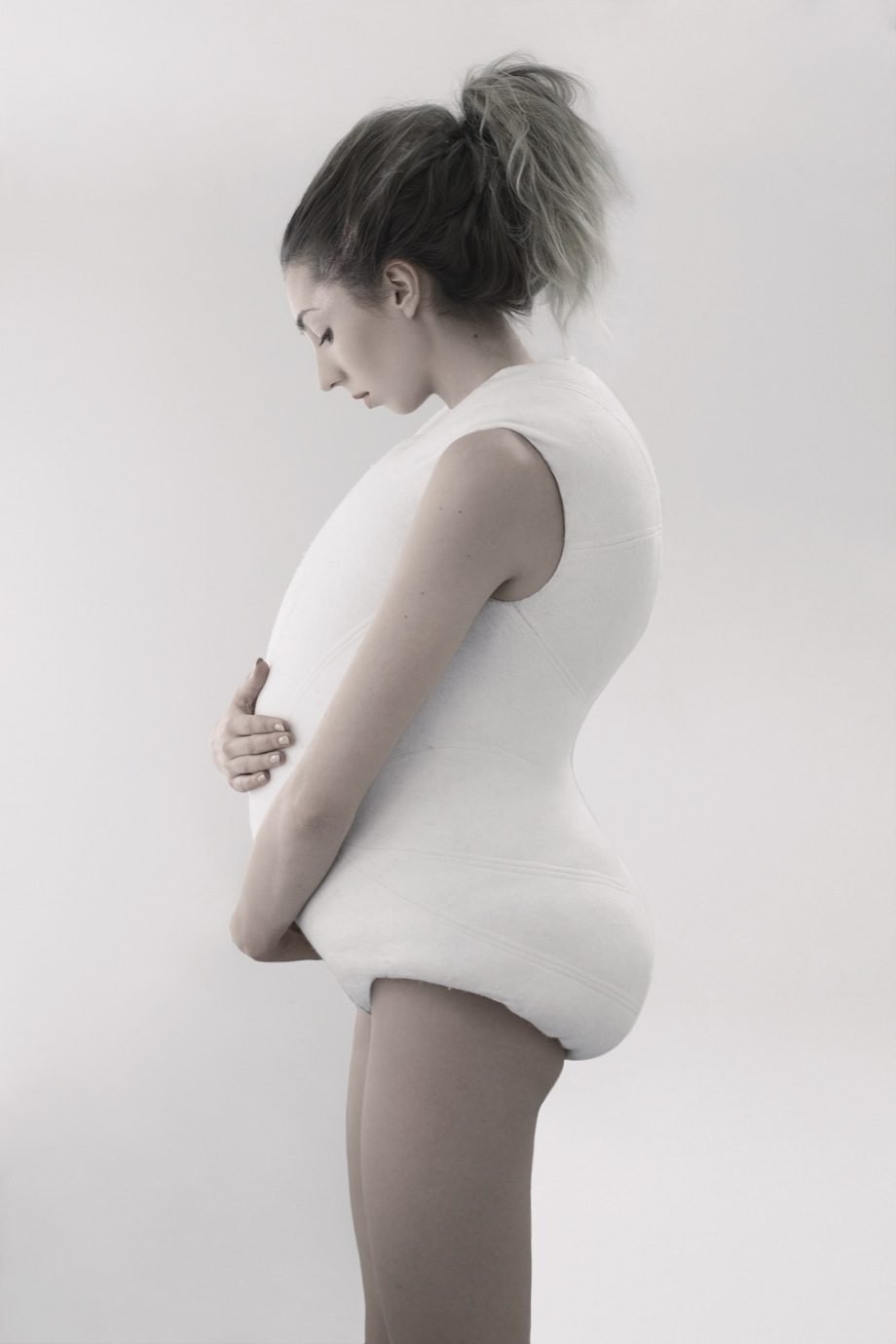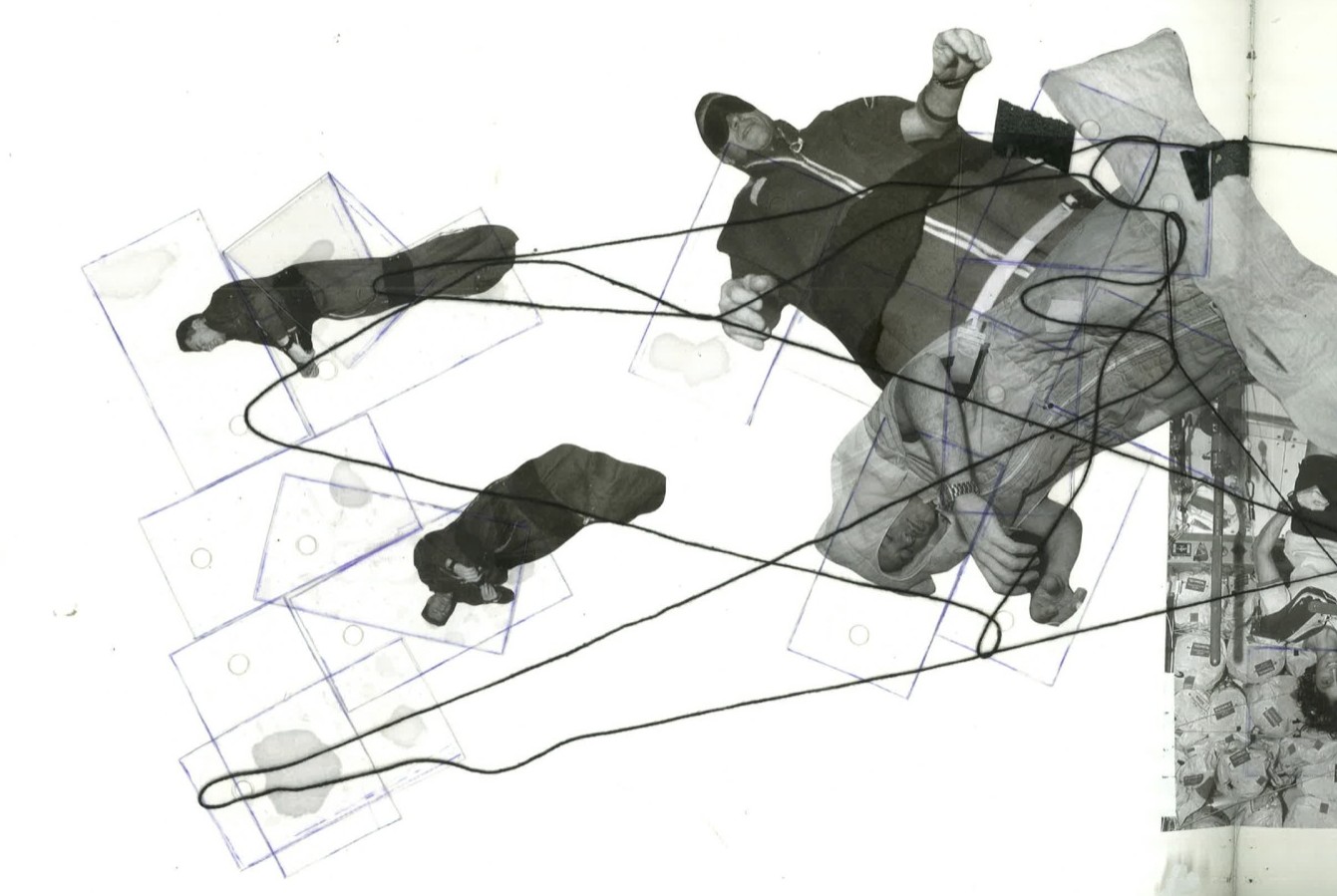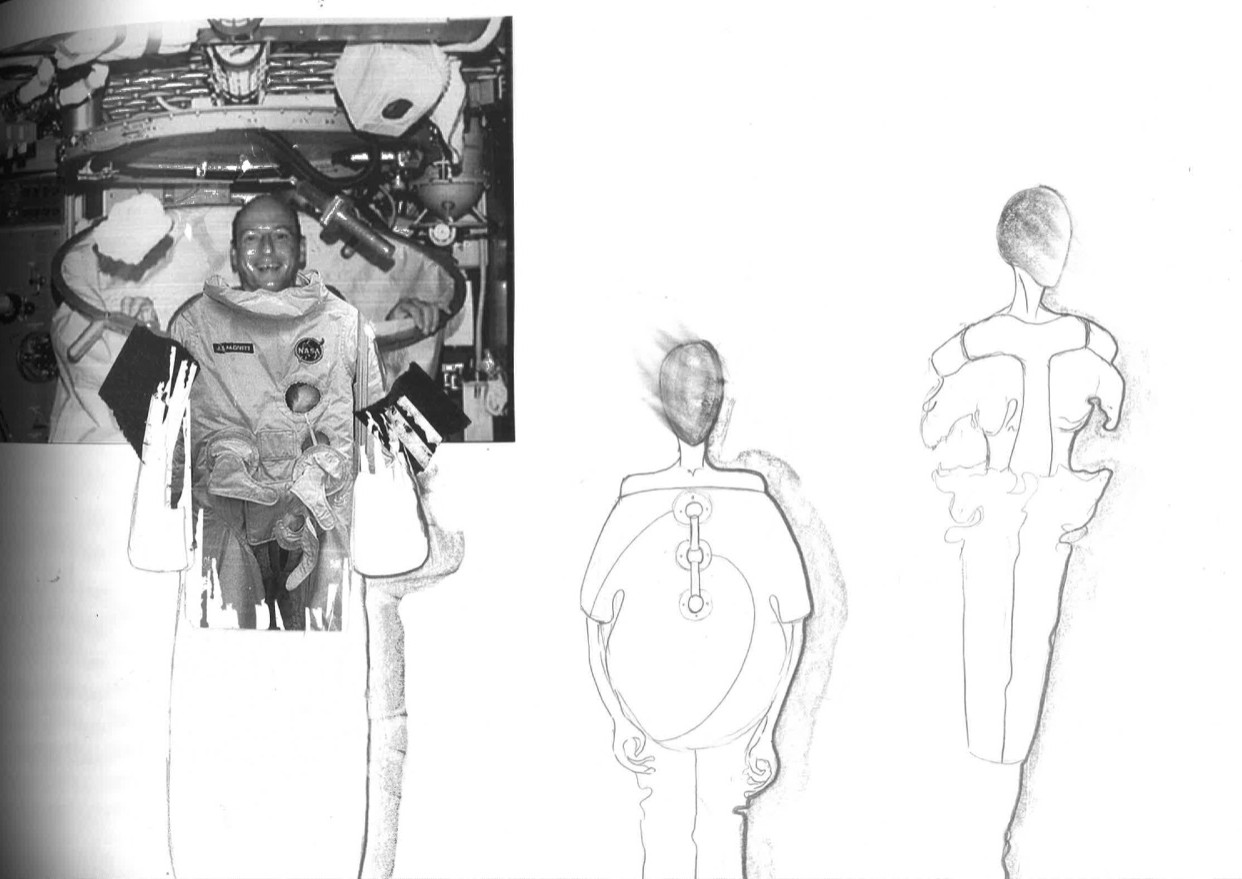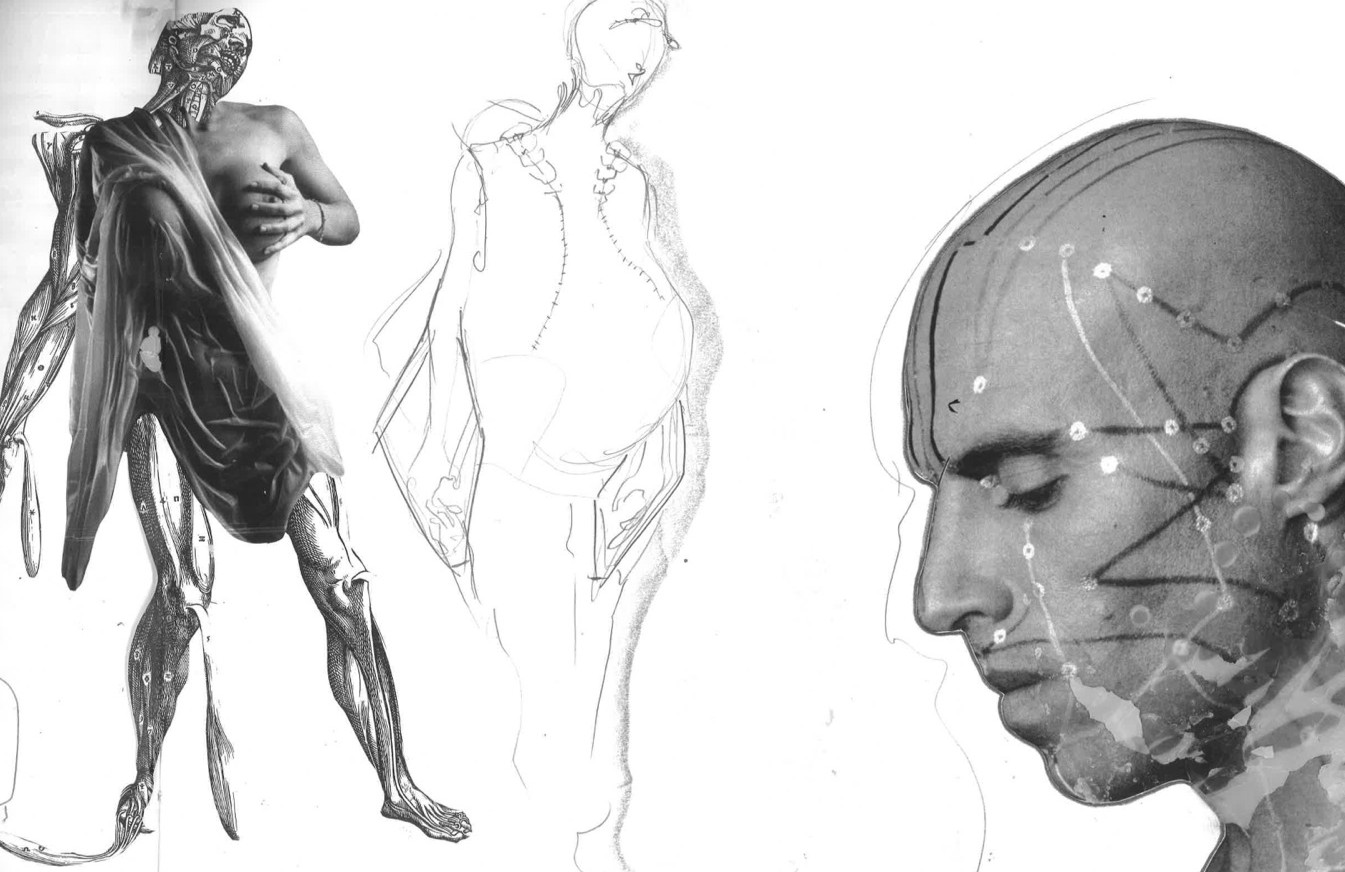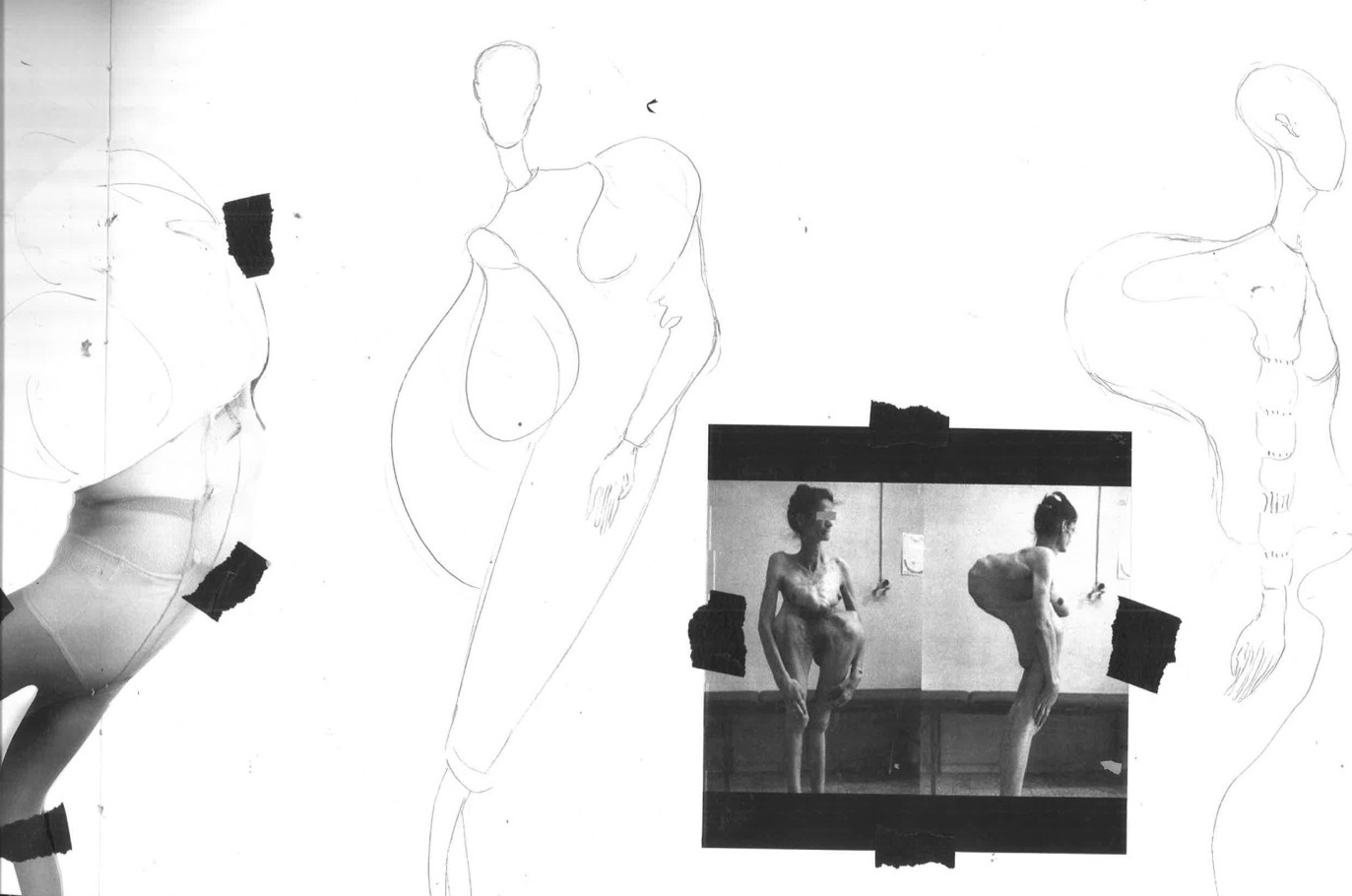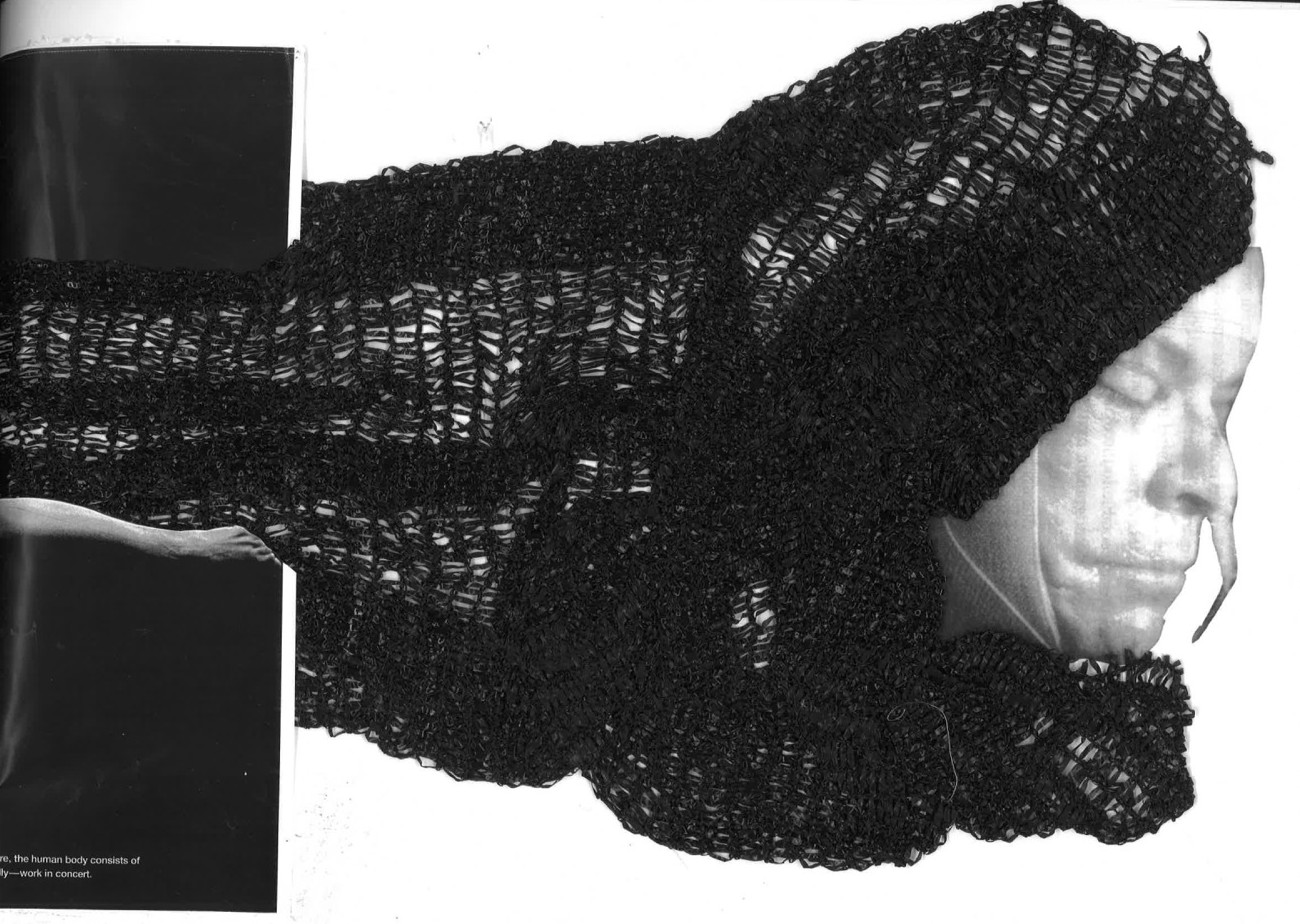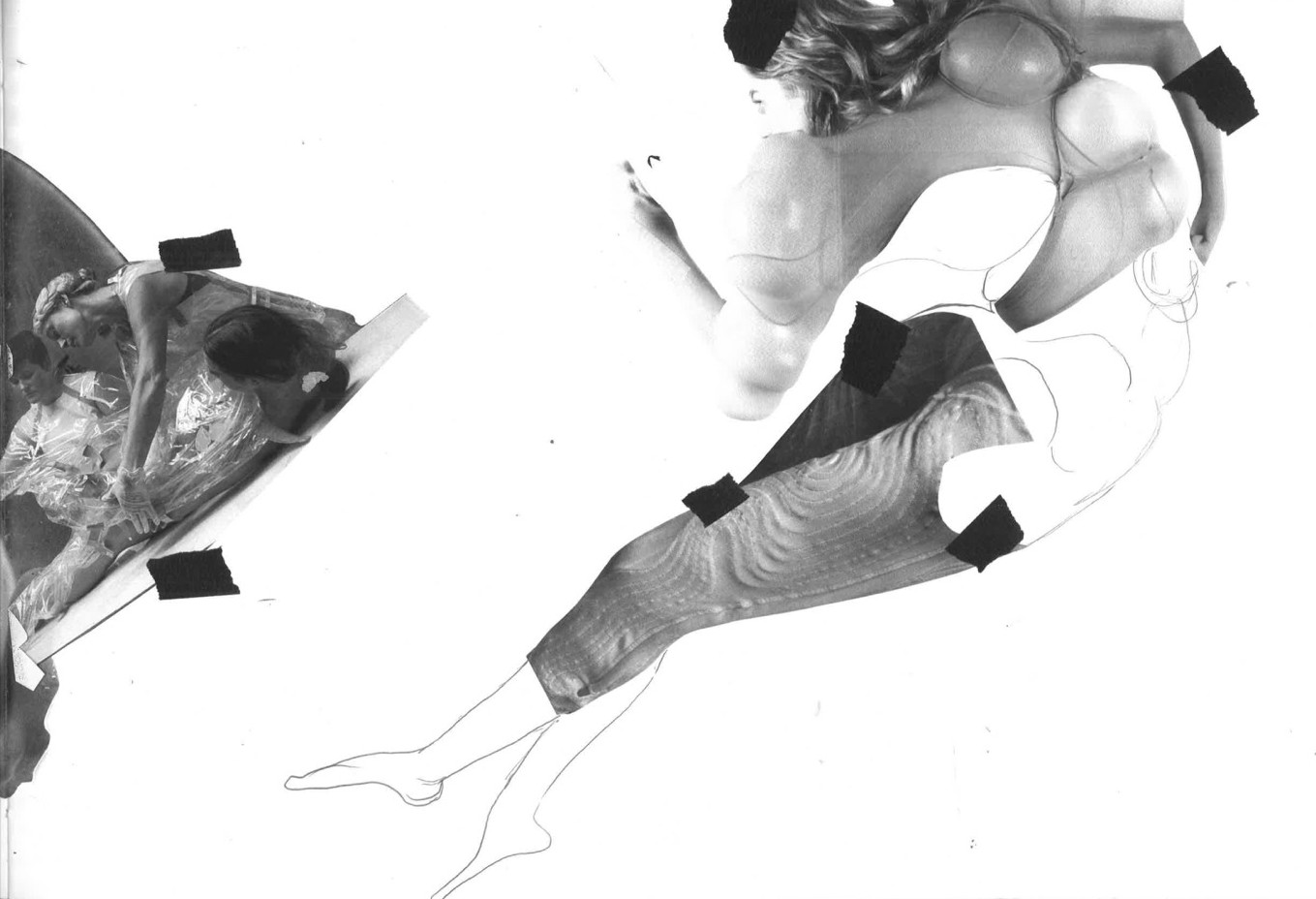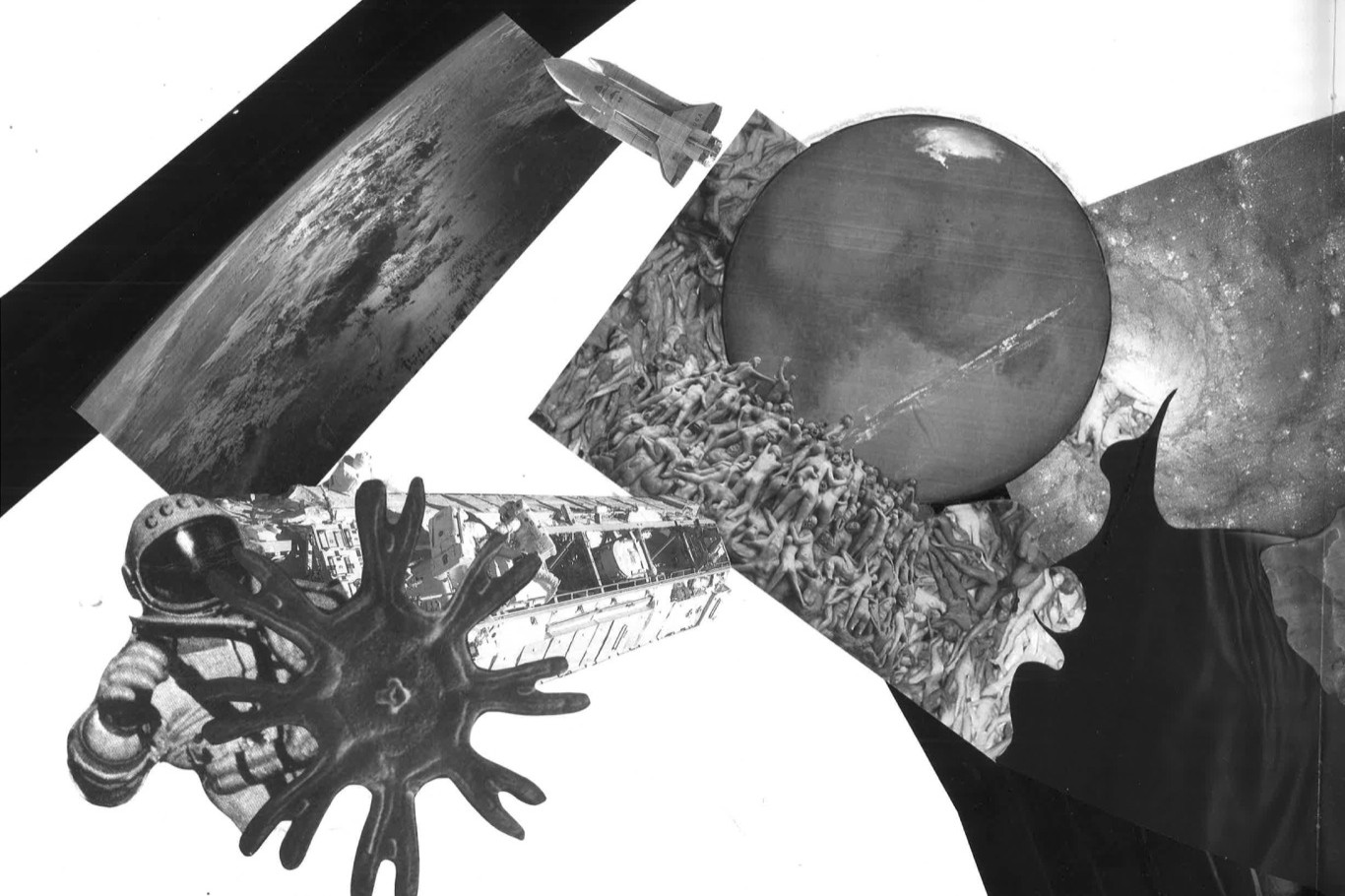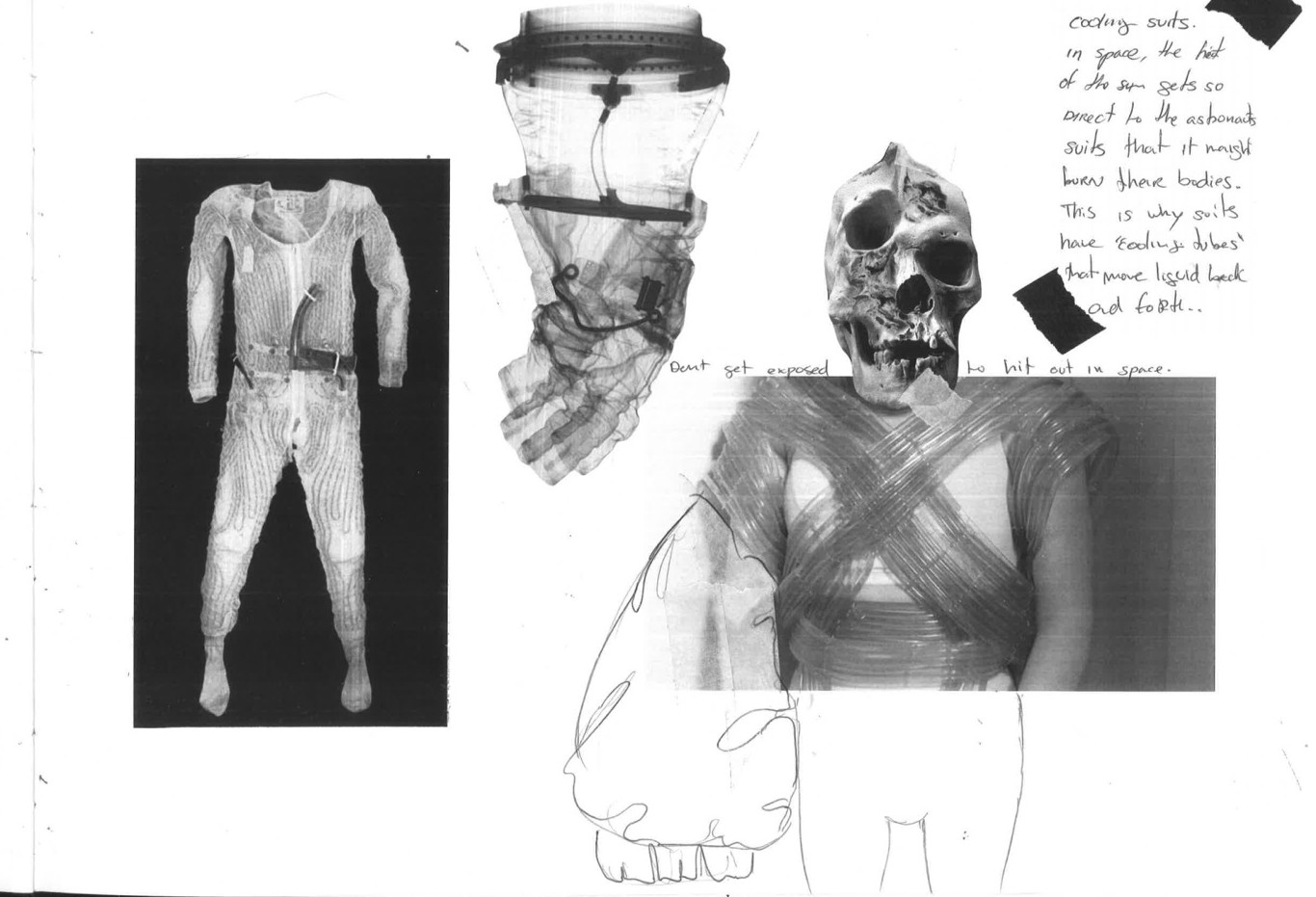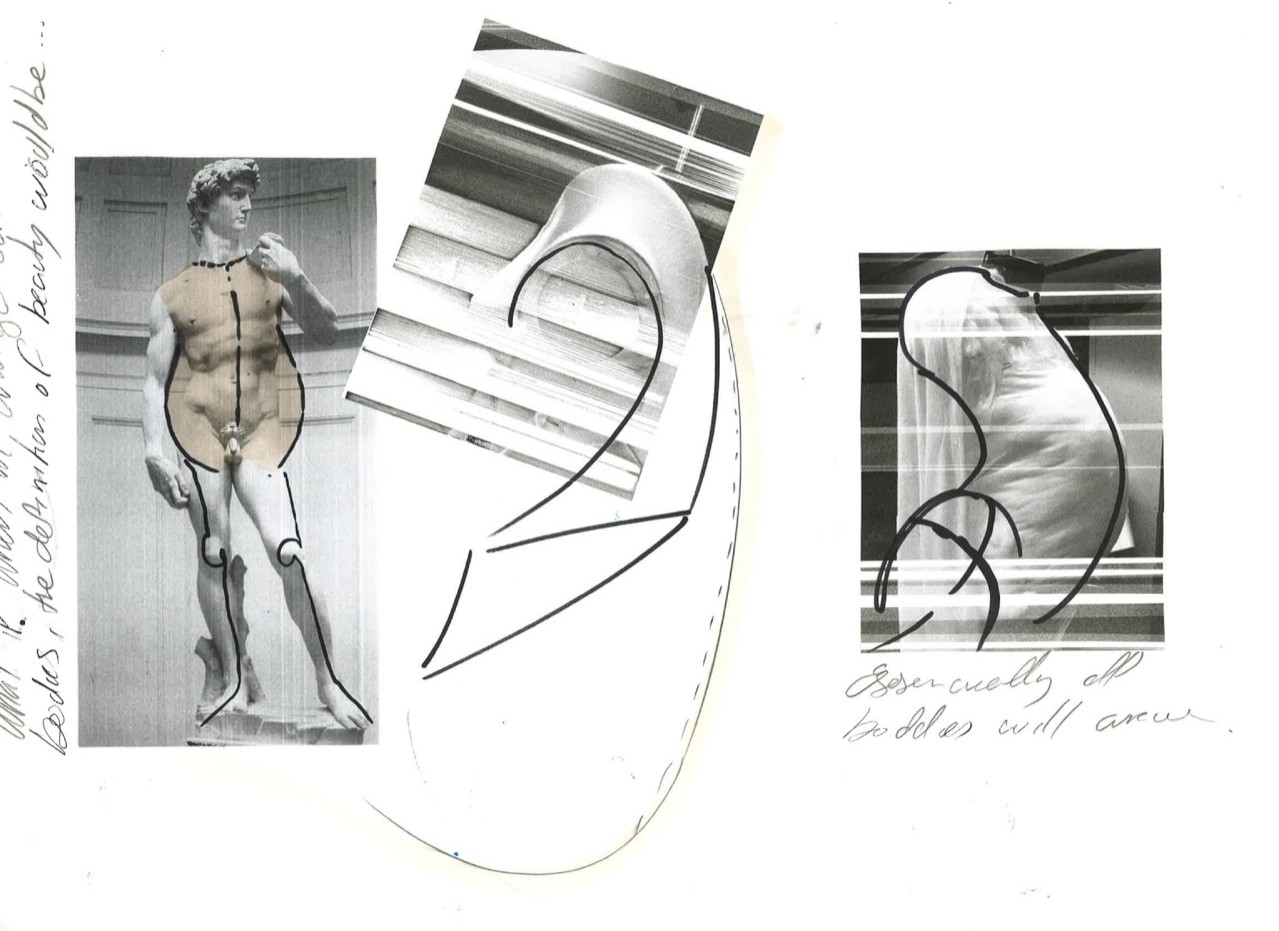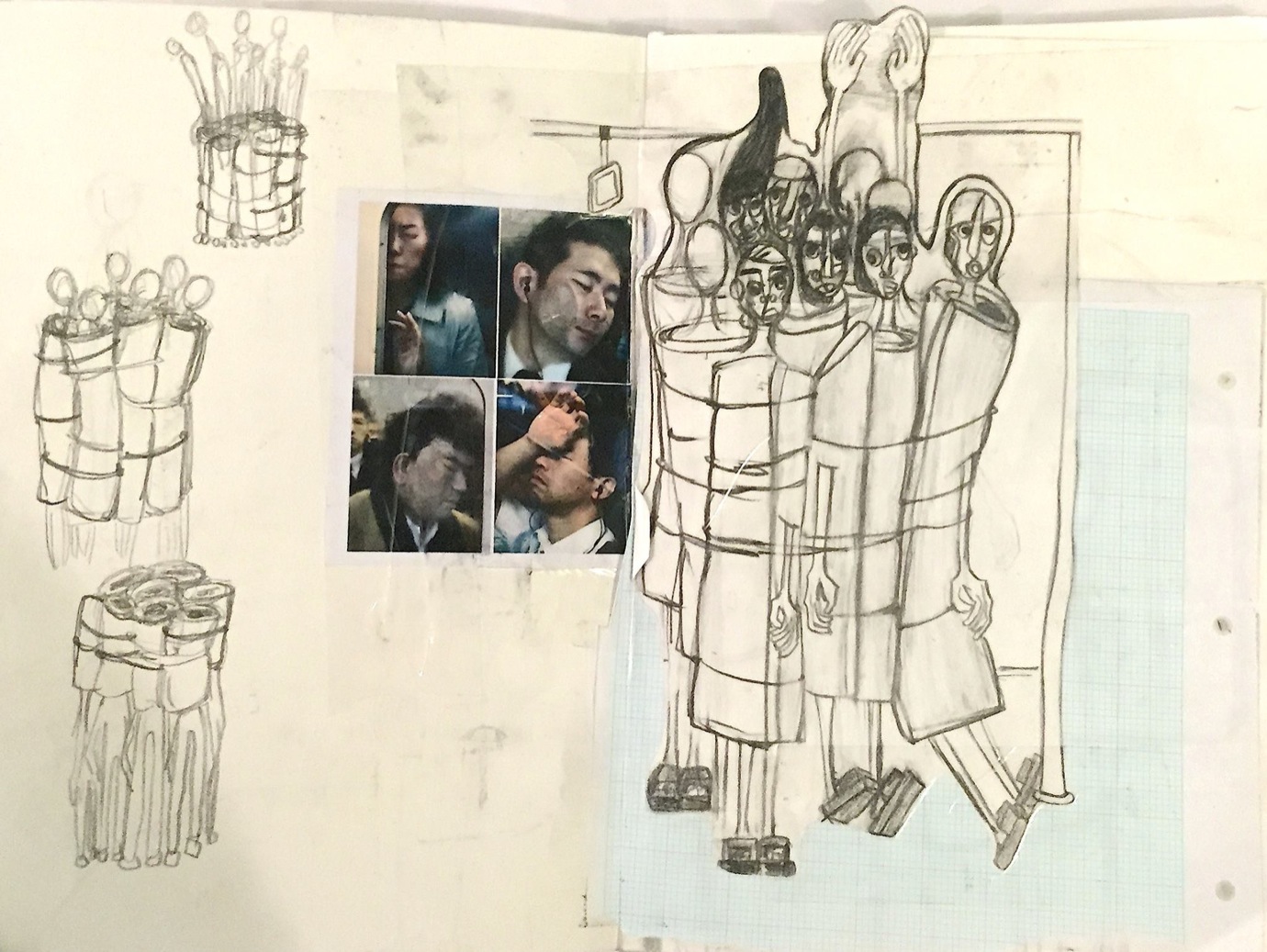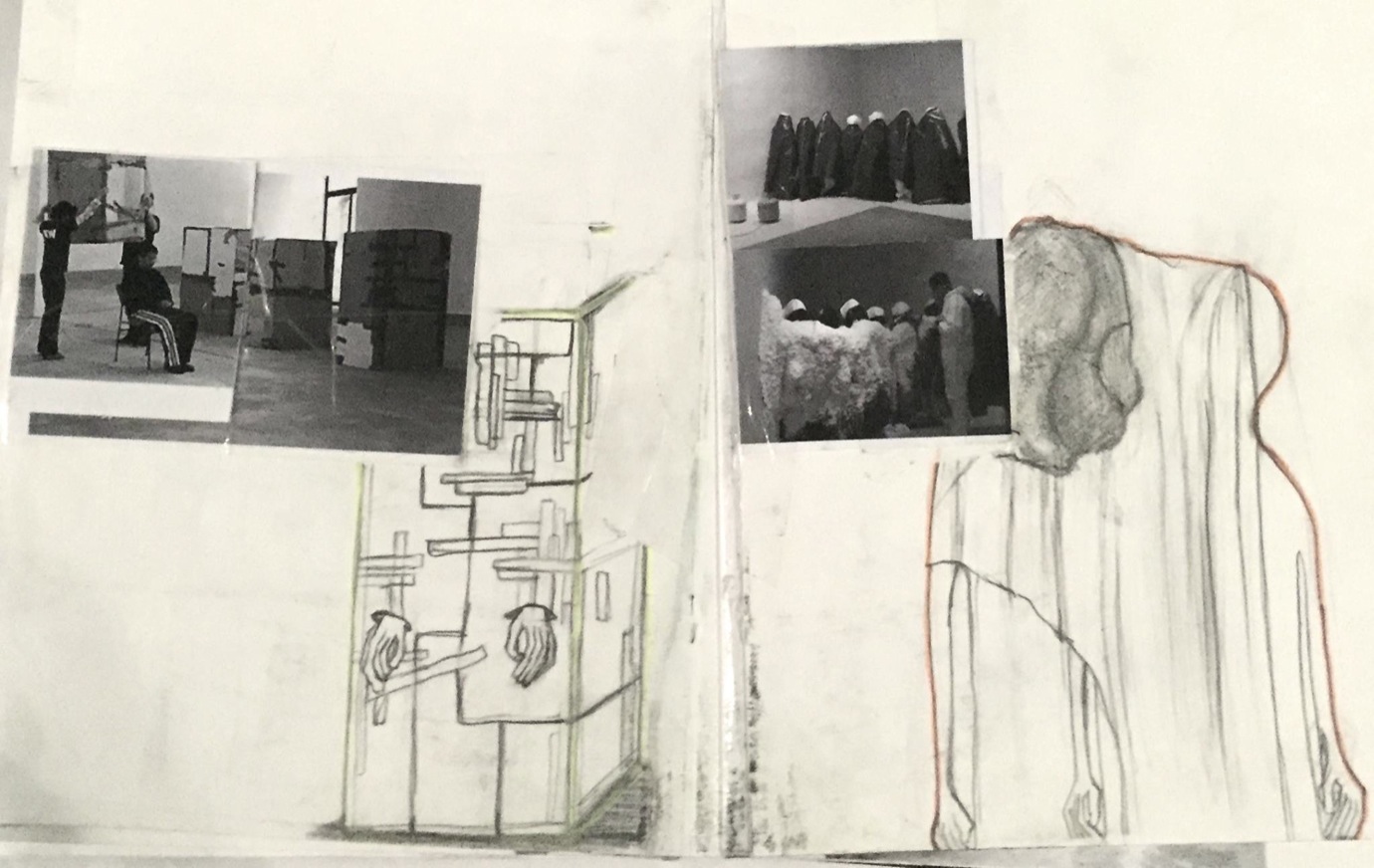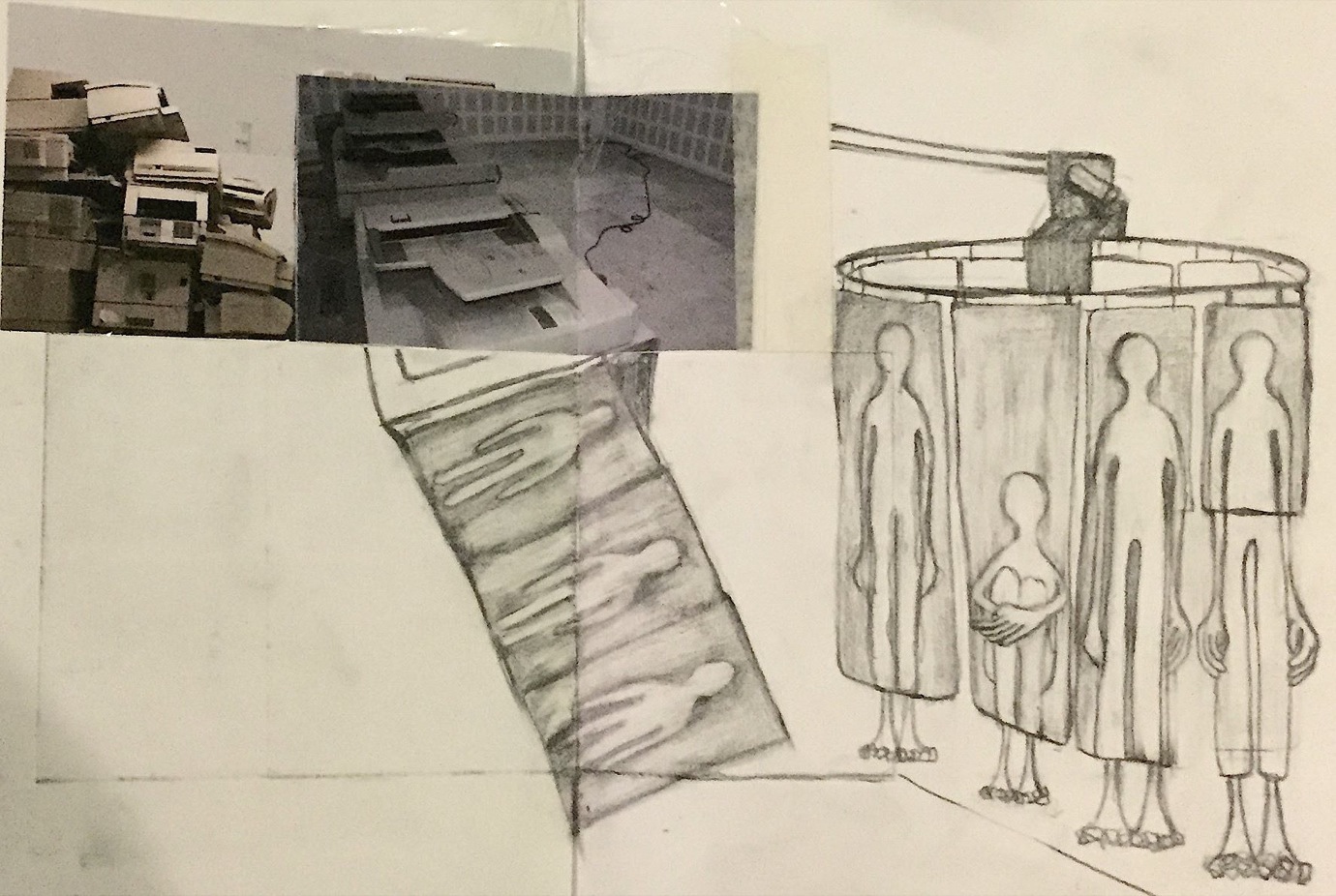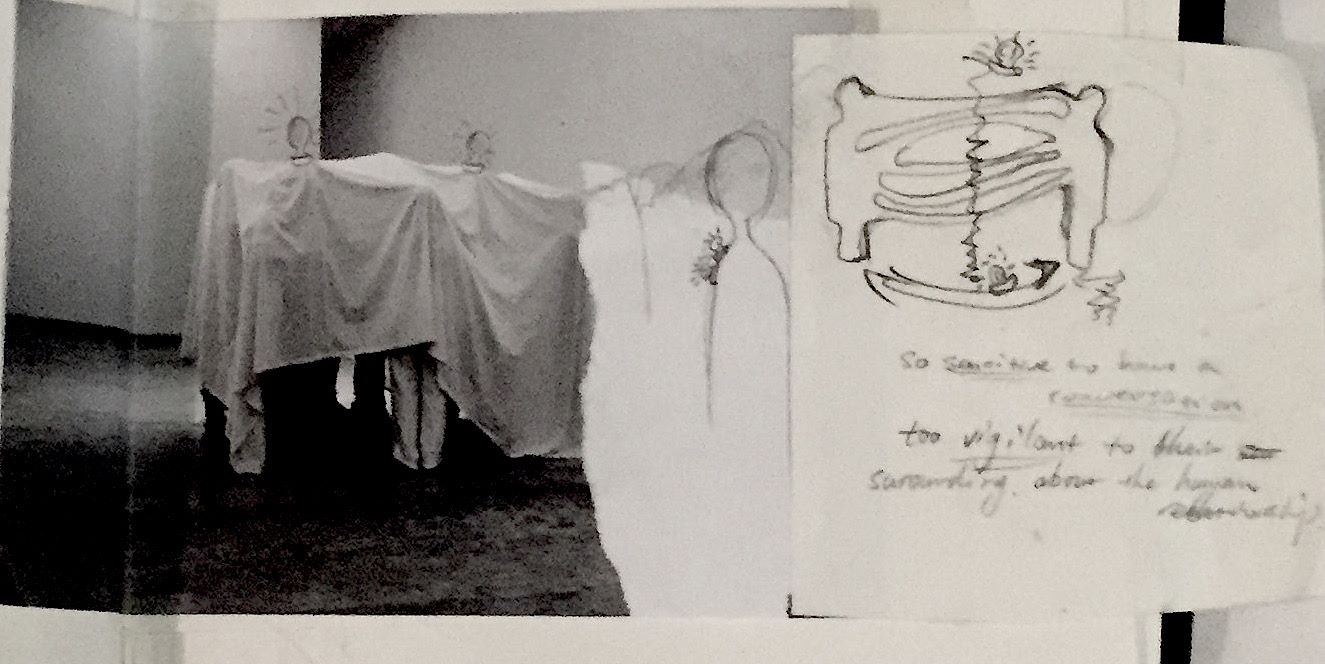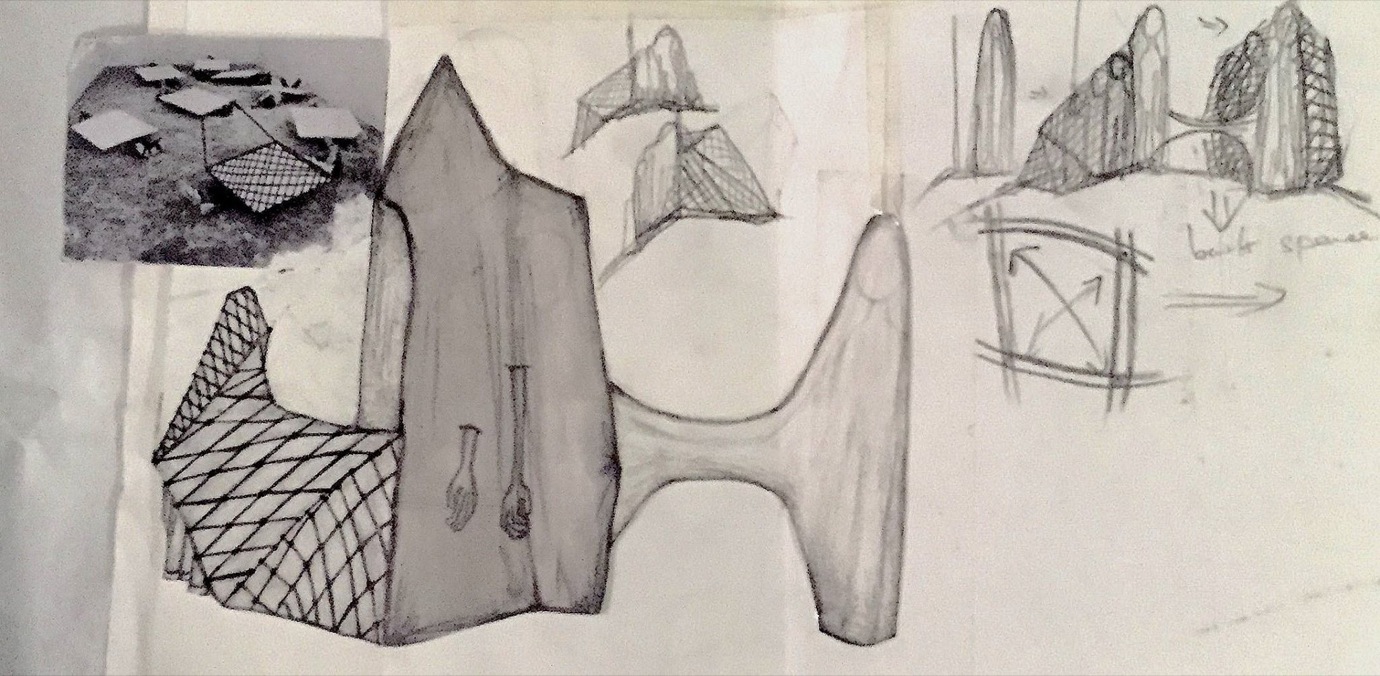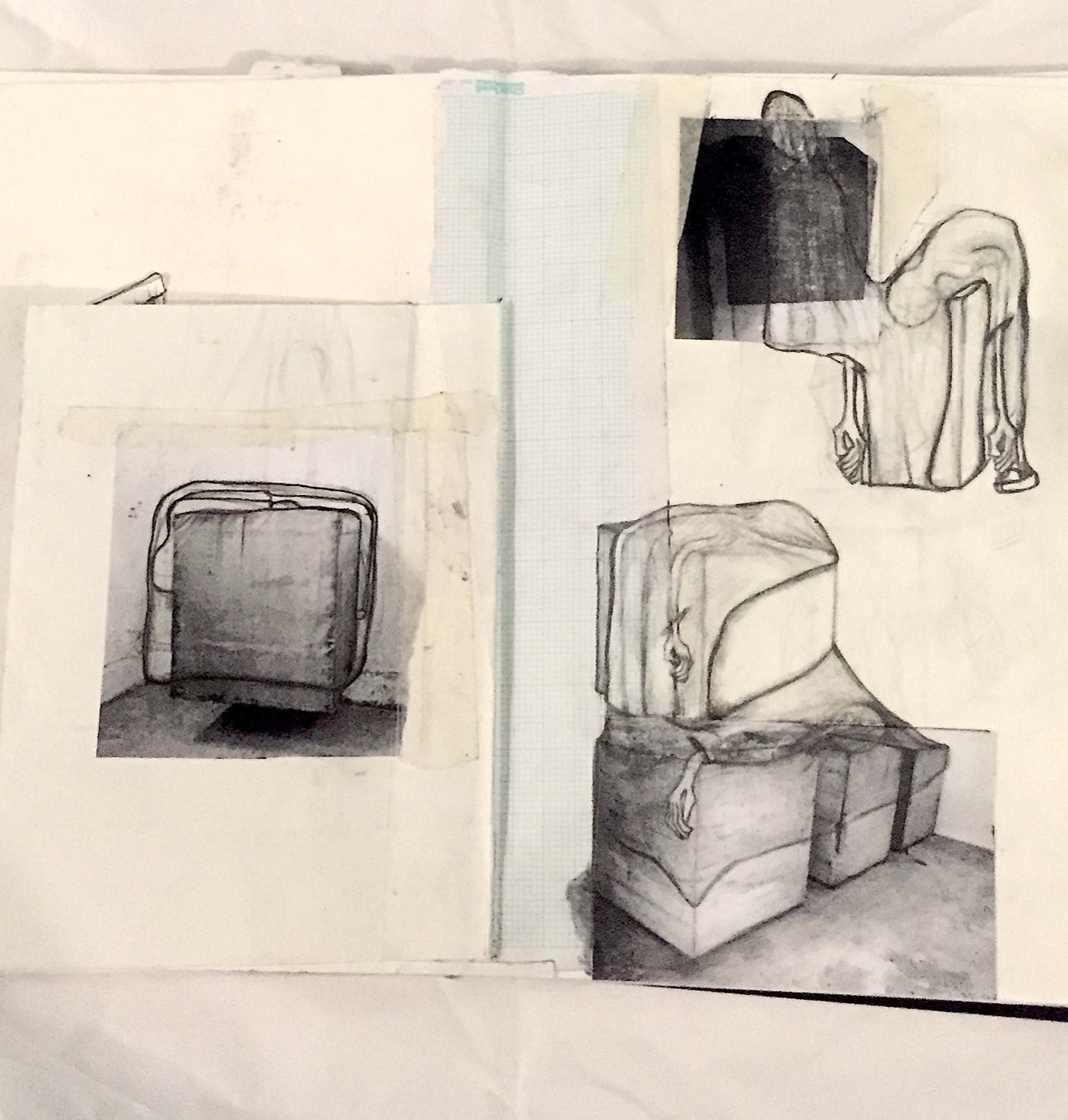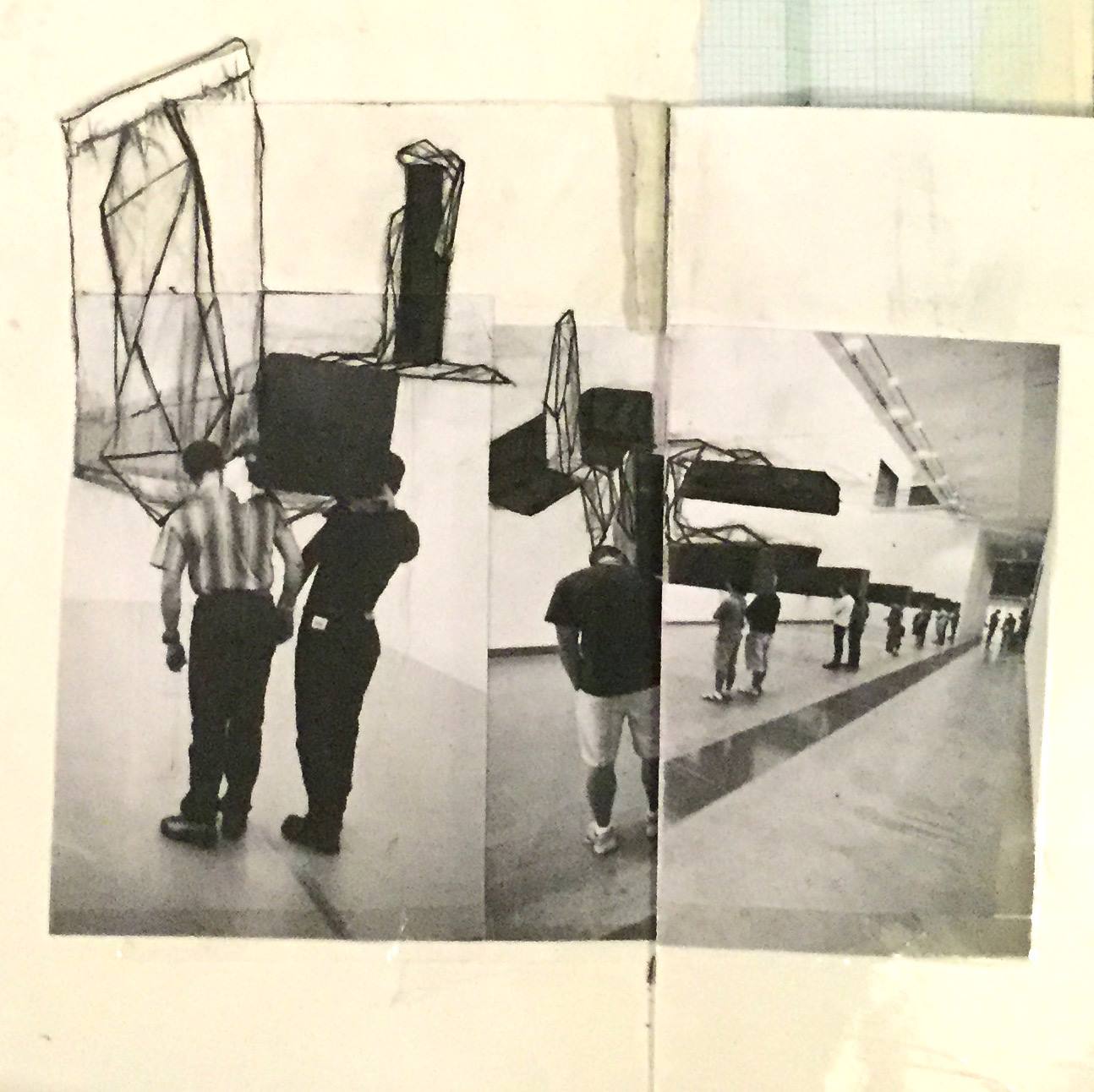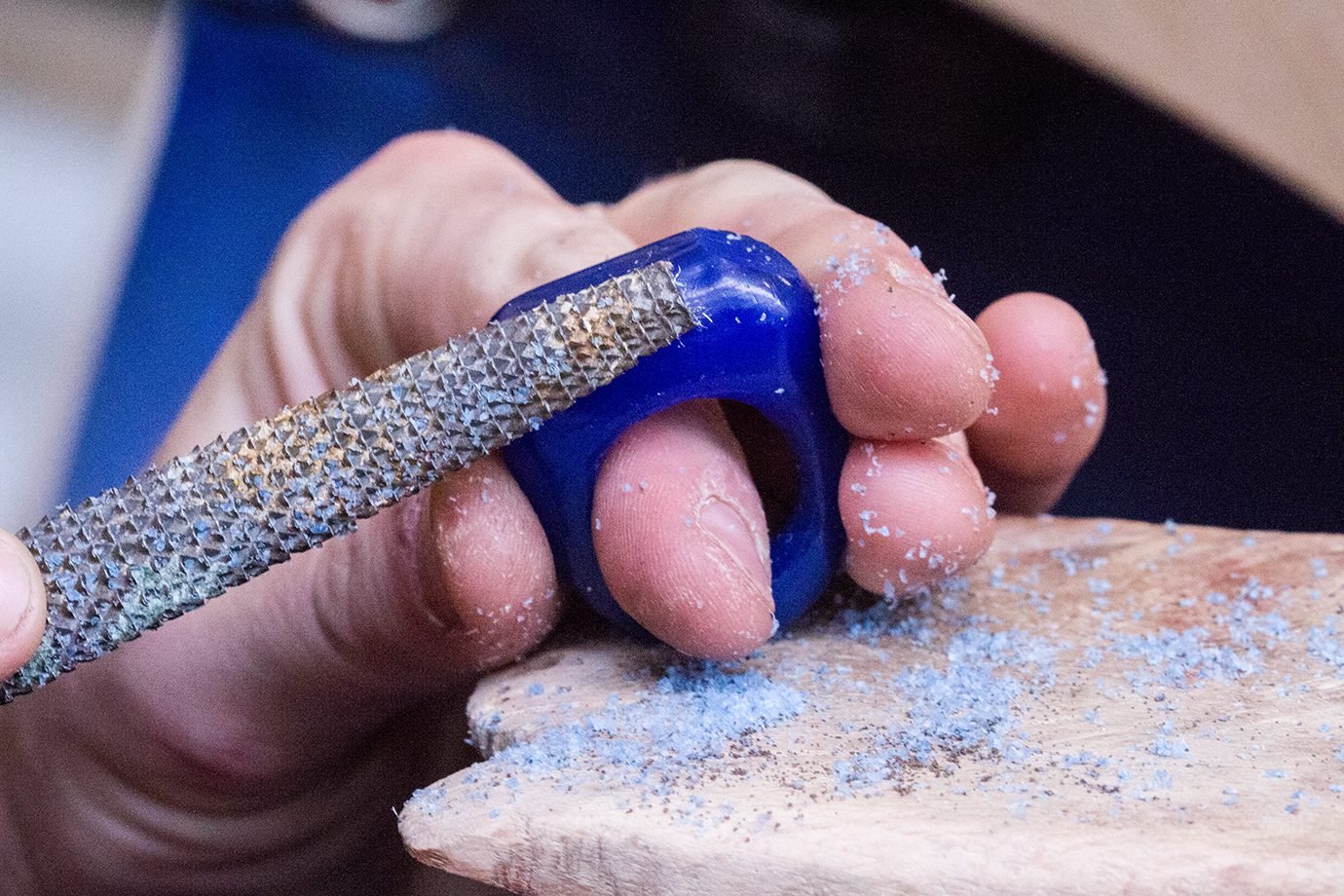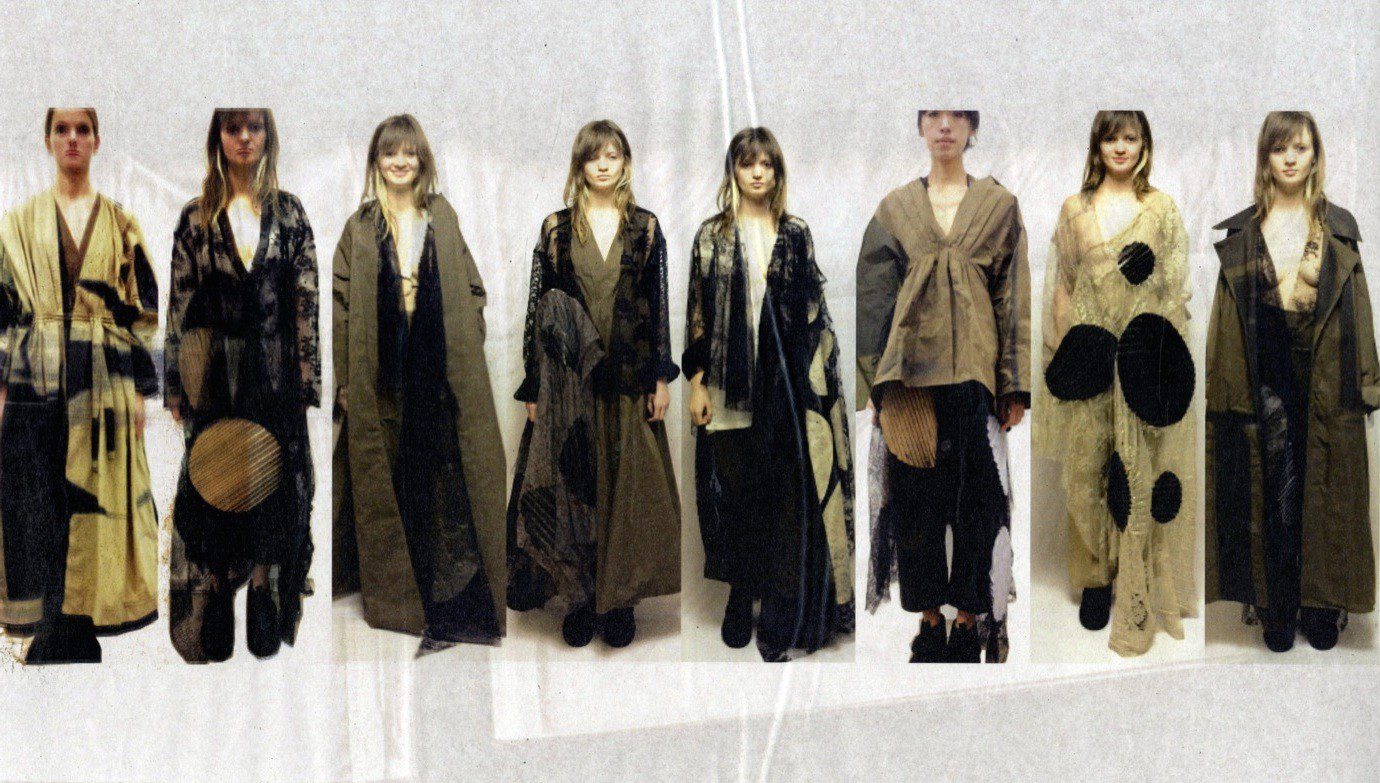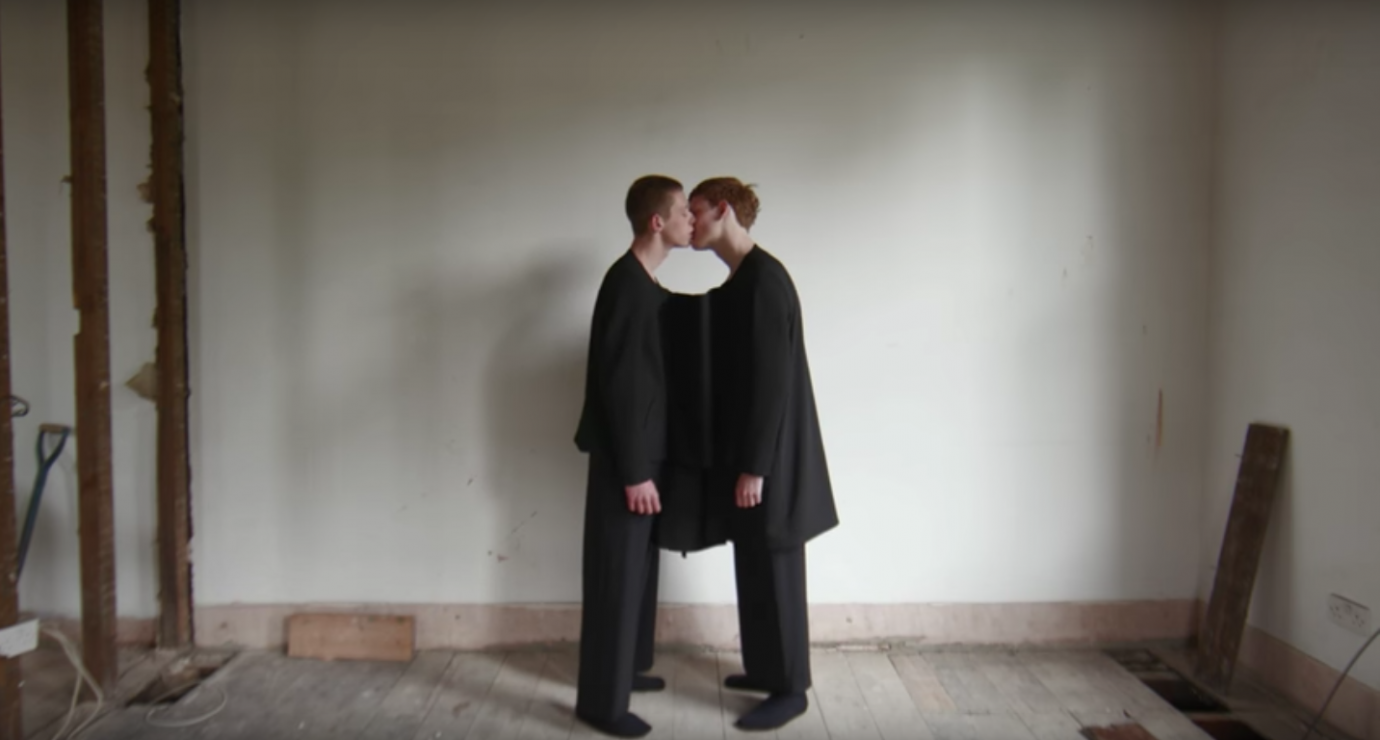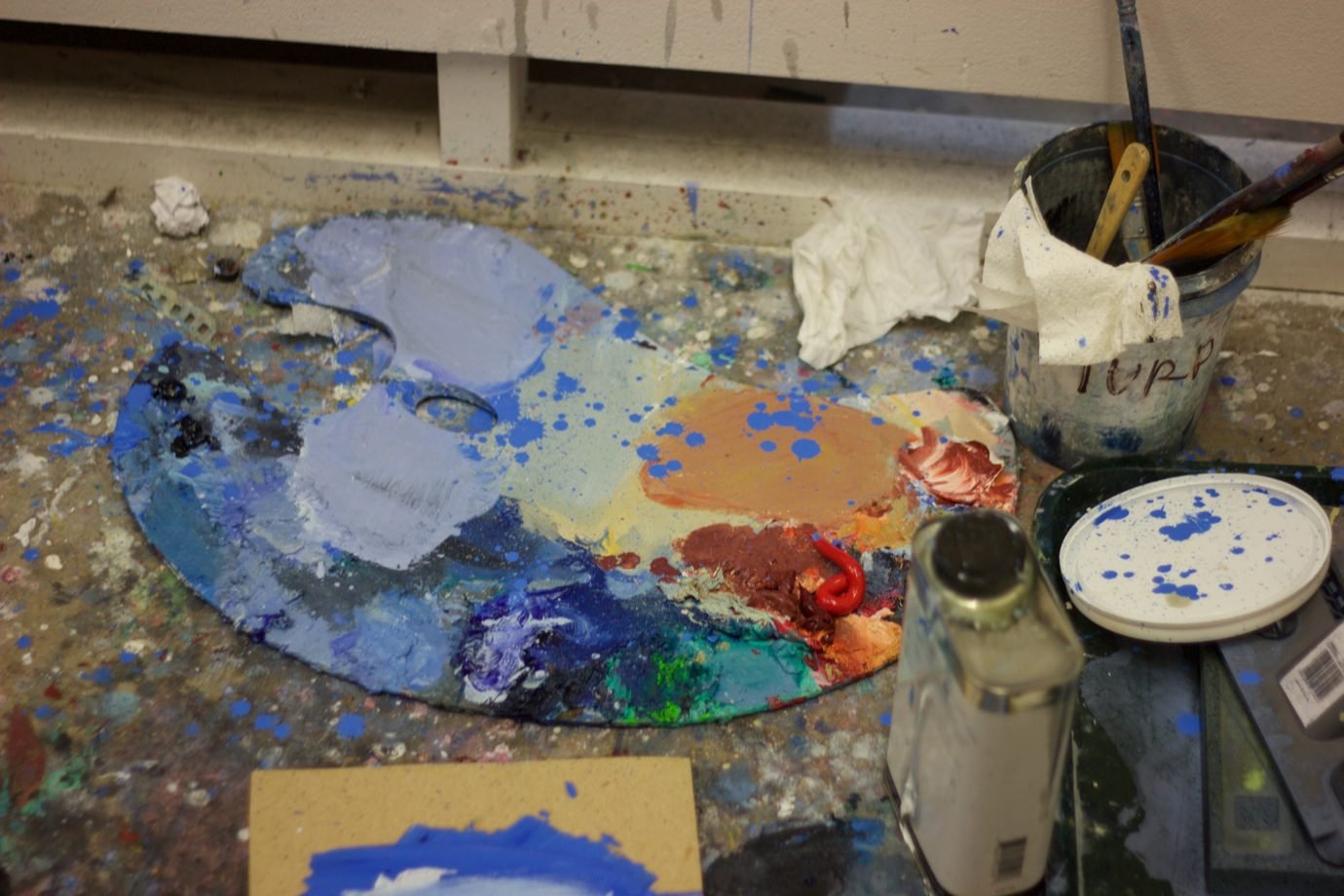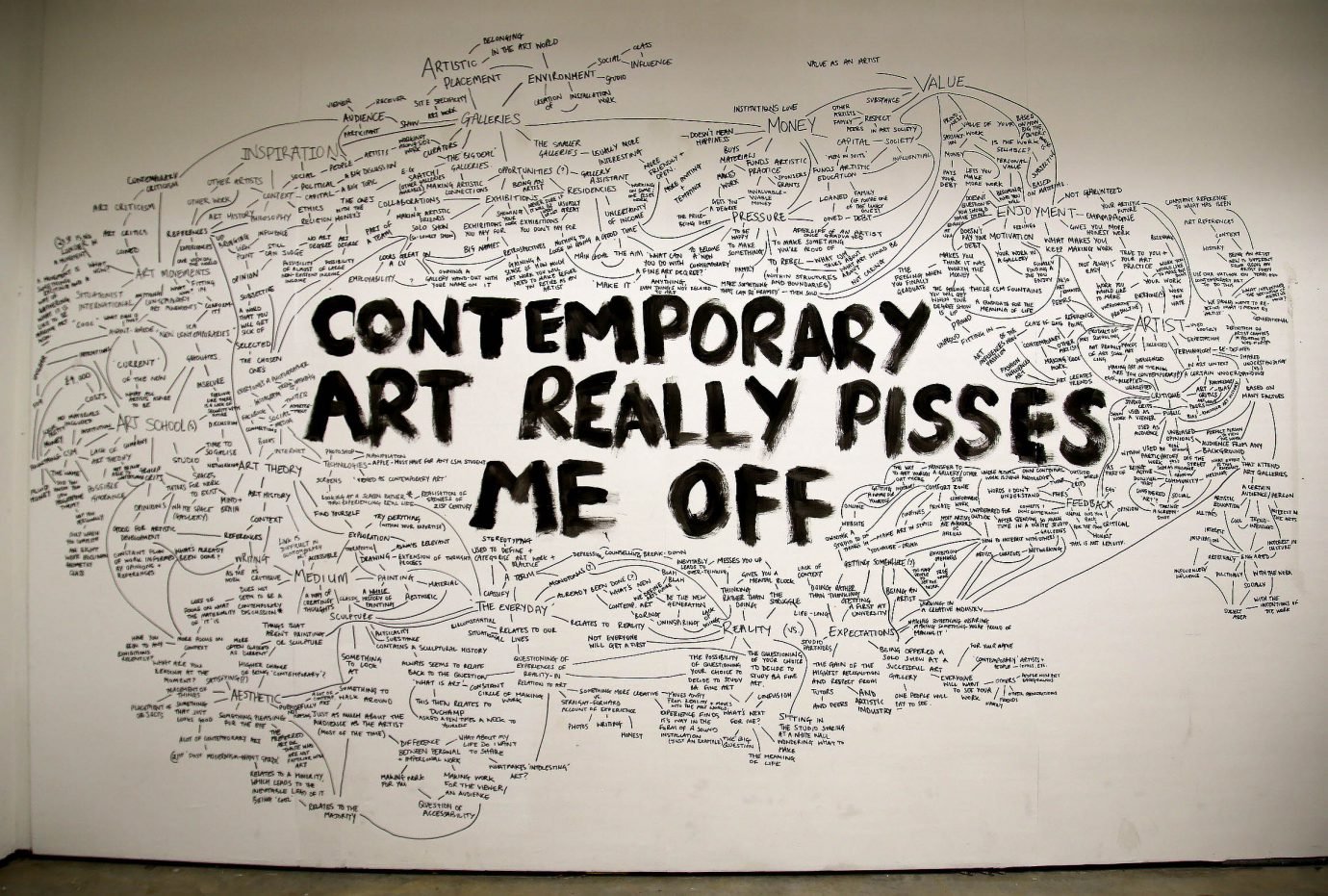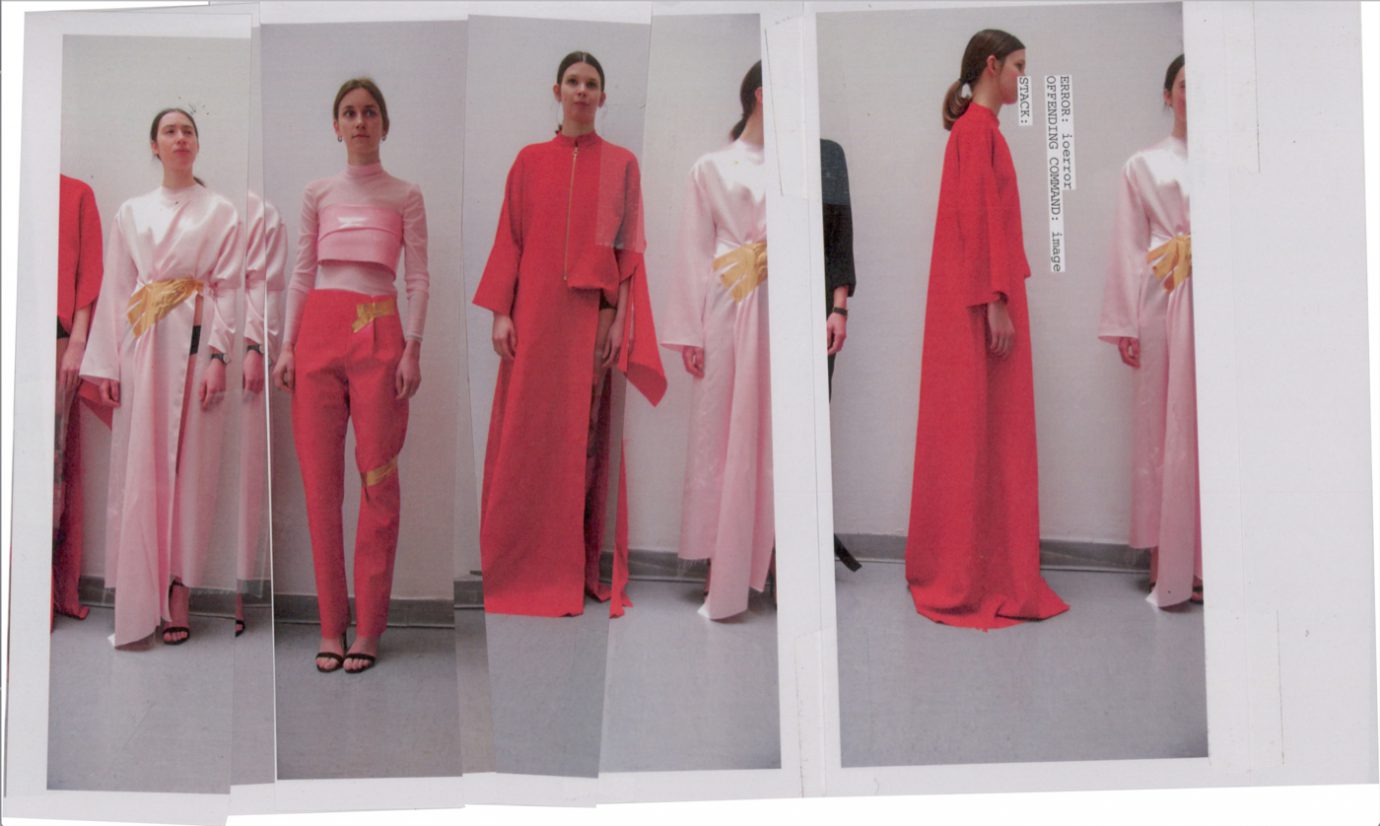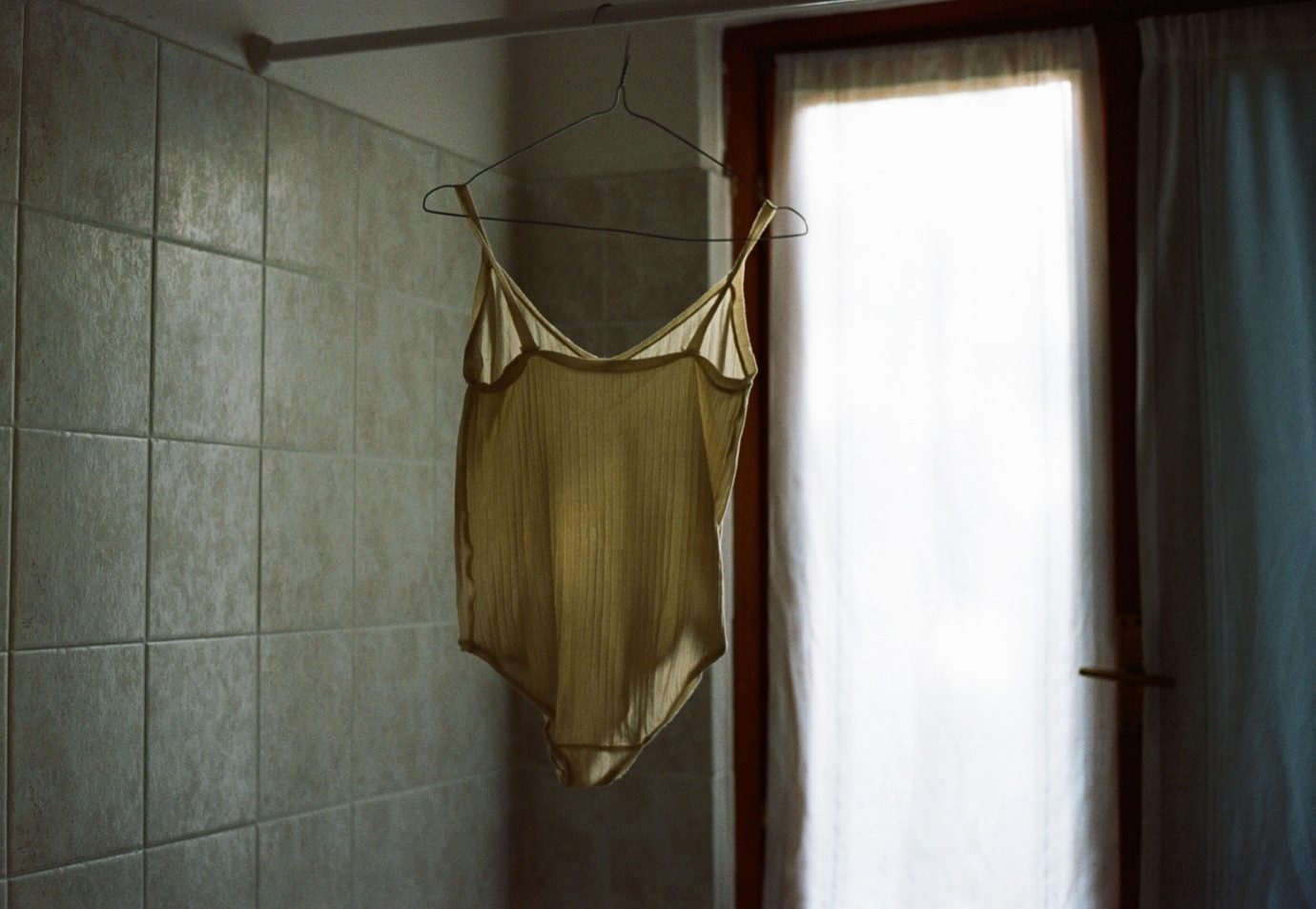The White Series: Juan Lea Palomino and River Wang
“A totally different gravity will affect our bodies, concentrating our mass and fluids on the upper part of our anatomy. Bigger bellies, longer and curvy spinal cords, arms and legs, as well as thicker skulls and shoulders is what will happen” Juan mentions how he has always been fascinated by the possibility of leaving Earth, and to reach the nearest Exoplanet: “a planet that orbits a star other than the Sun, which has biological conditions similar to planet Earth,” he explains. The idea of leaving Earth was also the key to his choice of using felt on the outside of his garment, cotton for the lining, and toy stuffing to fill the whole structure. The thought of departing from our planet inspired the need to make everything simple and compact. Luckily for him, the use of ‘white only’ was included in his project from the very beginning. “Part of my research includes astronaut spacesuits, which are mainly white. White is mostly used as it reflects heat, so that astronauts don’t get too warm. Also, white makes them visible against the black background of space.”
River Wang
The FDM student on translating the suffering of being squashed in the tube into a White Show garment.
You can tell a lot about a person by the objects they desire the most. When asked what his choice would be if he were to collect only one, first year Fashion Design with Marketing student River Wang replies in a practical manner: “I need a comfortable mattress.” Unpretentious, and very telling of the notoriously all consuming – both physically and mentally – first term at Central Saint Martins, where the prospect of a decent night’s sleep moves from a normal activity to a craved for luxury.
River arrived in London from a small town in China. Always acutely aware of his surroundings, he investigated the theme of “borderlines” for his White Project, by exploring how modernity breaks these traditional boundaries. He found inspiration in the distinct borderlines around him, particularly the relationship between commuters and vendors. The emotions involved in these countless small encounters, the everyday interactions between humans, are like tiny glimpses into another person’s existence. Depressingly familiar to those of us who live in the capital, the boundary of personal space becomes non-existent; bodies are crammed together, yet we seldom even make eye contact. All of this information is carefully gathered and noted in Rivers sketchbook. Neatly collaged images of squashed commuters, their contorted flesh pushed up against a train window, sit uncomfortably next to hurried pencil drawings of figures bound together, forming the initial inspiration for his final piece. He delved further into this concept of personal space, examining the idea of a sense of ‘self’, and the possibility of a garment that was to be worn by two people. River’s biggest challenge during the project? “Time…”
His final piece, however, looks far from rushed. With elaborate fabric manipulation, an oversized silhouette and handmade shoes, his garment stood out in the show. We can’t help but wonder where River’s mind wanders, during his weary journeys home from Kings Cross. He tells us that his current obsession is ‘bards’, and particularly how eloquently they express emotions. For someone that celebrated the end of the White Show with “lots of sleep”, ending with this particular quote from the most famous bard of all seems apt:
“THE INNOCENT SLEEP, SLEEP THAT KNITS UP THE RAVELED SLEAVE OF CARE.”
Until next term, that is.

